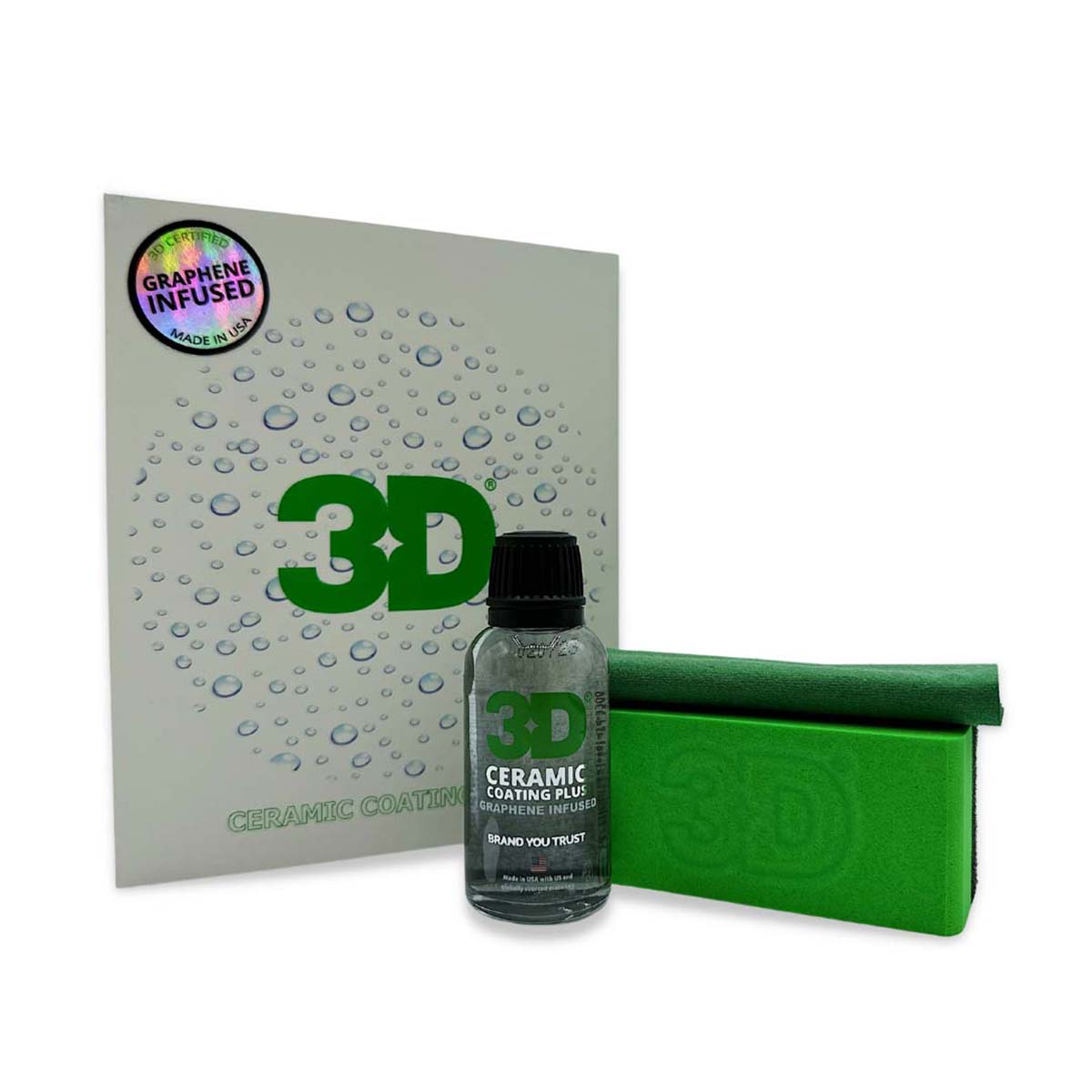Why Ceramic Finishing Is the Ultimate Remedy for a Remarkable Finish
Ceramic covering has actually arised as a leading remedy for those seeking a remarkable finish for their cars, many thanks to its impressive toughness and safety features. What elements really established ceramic covering apart?
What Is Ceramic Covering?

When used correctly, ceramic finish creates a hydrophobic surface that repels water and dust, making it much easier to cleanse and maintain. Unlike conventional waxes or sealants, which normally provide brief protection, ceramic coatings can last for numerous years, depending on the product top quality and application technique. The procedure of using ceramic finishing requires thorough preparation, including thorough cleansing and often paint modification, to guarantee optimum bonding and performance.
Ceramic coatings are not limited to automobile surfaces; they can also be made use of on numerous products, including glass, metal, and plastics, supplying a flexible option for boosting defense. Generally, ceramic finishing represents a substantial development in surface security modern technology, integrating both useful and aesthetic advantages for a variety of applications.
Advantages of Ceramic Layer
While several surface protection choices exist, the benefits of ceramic covering stand apart due to its unique properties and lasting performance. One of the primary benefits is its remarkable toughness. Ceramic Coating Philadelphia. Unlike traditional wax or sealers that require constant reapplication, ceramic coverings provide a resilient layer that can last for numerous years, substantially lowering upkeep efforts
Another notable benefit is boosted protection versus ecological contaminants. Ceramic coverings develop a hydrophobic surface that wards off water, dirt, and different toxins, making it less complicated to cleanse. This attribute not only maintains the automobile's look yet also lessens the danger of corrosion and oxidation, particularly in rough weather conditions.
Furthermore, ceramic coatings supply remarkable resistance to UV rays, preventing fading and degradation of paint in time. This UV security is critical for maintaining the aesthetic value of surfaces and automobiles revealed to guide sunshine.
Furthermore, the shiny coating accomplished with ceramic finishing improves the total visual charm, offering surface areas a showroom-quality sparkle. Overall, ceramic finishes stand for a substantial innovation in surface protection modern technology, providing long-lasting advantages that provide to both useful and aesthetic requirements.
How It Works
Understanding the scientific research behind ceramic coatings reveals just how they offer such remarkable protection and long life. At its core, a ceramic coating is a fluid polymer that chemically bonds with the car's manufacturing facility paint. This bonding develops a protective layer that is both oleophobic and hydrophobic, repelling water, dirt, and oil. The main element of the majority of ceramic layers is silicon dioxide (SiO2), which is originated from quartz. This substance contributes to the finish's solidity and resistance to scrapes, UV rays, and ecological impurities.
The application process entails numerous actions, consisting of surface prep work, which is essential to achieving optimal adhesion. Once applied, the covering undertakes a treating process, during which it hardens and forms a semi-permanent bond with the paint surface area. This bond is what identifies ceramic coverings from typical waxes and sealants, giving a longer-lasting protective barrier that can endure for years.
Furthermore, the density of the covering can improve its safety qualities, guaranteeing that it can withstand harsh problems. Ultimately, the science of ceramic finishes incorporates sophisticated materials with innovative application methods to provide an unparalleled degree of defense and visual enhancement for vehicles.
Comparison With Typical Techniques
When contrasted to traditional paint security methods such as sealants and waxes,The advantages of ceramic finishes end up being specifically evident. While waxes use a short-term luster, usually lasting a couple of weeks to a number her comment is here of months, ceramic finishings supply a resilient protective layer that can endure for numerous years. This sturdiness dramatically lowers the frequency of reapplication, making ceramic finishings an extra cost-efficient solution gradually.
Furthermore, standard approaches typically need extensive prep work and several applications to achieve an adequate level of defense. On the other hand, ceramic finishings bond at a molecular degree with the automobile's surface area, creating a robust shield versus ecological contaminants like UV rays, acid rainfall, and roadway salts. This bond boosts the vehicle's resistance to scratches and swirl marks, which prevail with conventional waxes and sealers.
In addition, the hydrophobic residential or commercial properties of ceramic coverings push back water and dust, leading to easier cleaning and upkeep. In contrast, wax and sealant-treated surfaces can draw in grime, requiring more regular washing - Ceramic Coating Philadelphia. Overall, ceramic coatings not just offer premium protection yet likewise supply a more enduring and aesthetically attractive surface, establishing them as the preferred choice for discerning lorry owners
Application and Maintenance Tips

Utilizing a foam applicator, use the coating in little areas, following the manufacturer's standards regarding density and overlap. Permit enough treating time in between coats, normally 1 day, to make certain proper bonding. After application, it is crucial to avoid exposure to water or severe aspects for at the very least a week to allow the coating to completely heal.
In addition, utilizing a ceramic upkeep spray can enhance the layer's hydrophobic residential or commercial properties and longevity. Routine inspections for any type of indications of wear will aid maintain the layer's integrity and maintain that beautiful finish.
Verdict
Finally, ceramic coating arises as an exceptional option for accomplishing a flawless auto coating. Its phenomenal resilience, safety qualities, and hydrophobic here are the findings residential properties substantially boost the vehicle's look while streamlining upkeep efforts. By developing a durable bond with manufacturing facility paint, ceramic finishing effectively shields against scratches, UV rays, and ecological pollutants. With a life expectancy expanding a number of years, this sophisticated solution not just preserves however also boosts the general visual appeal of lorries, making it an economical investment for auto enthusiasts.
